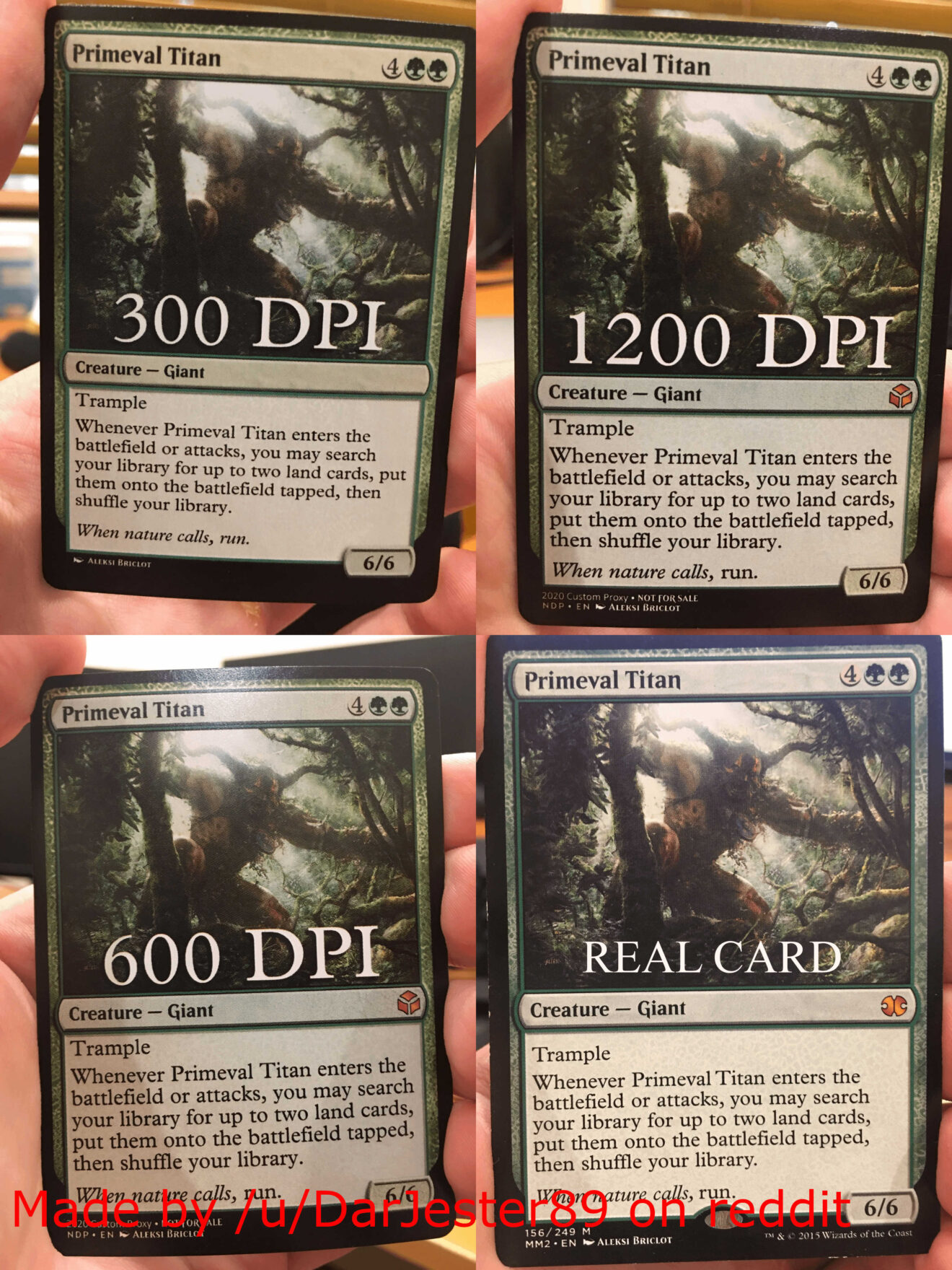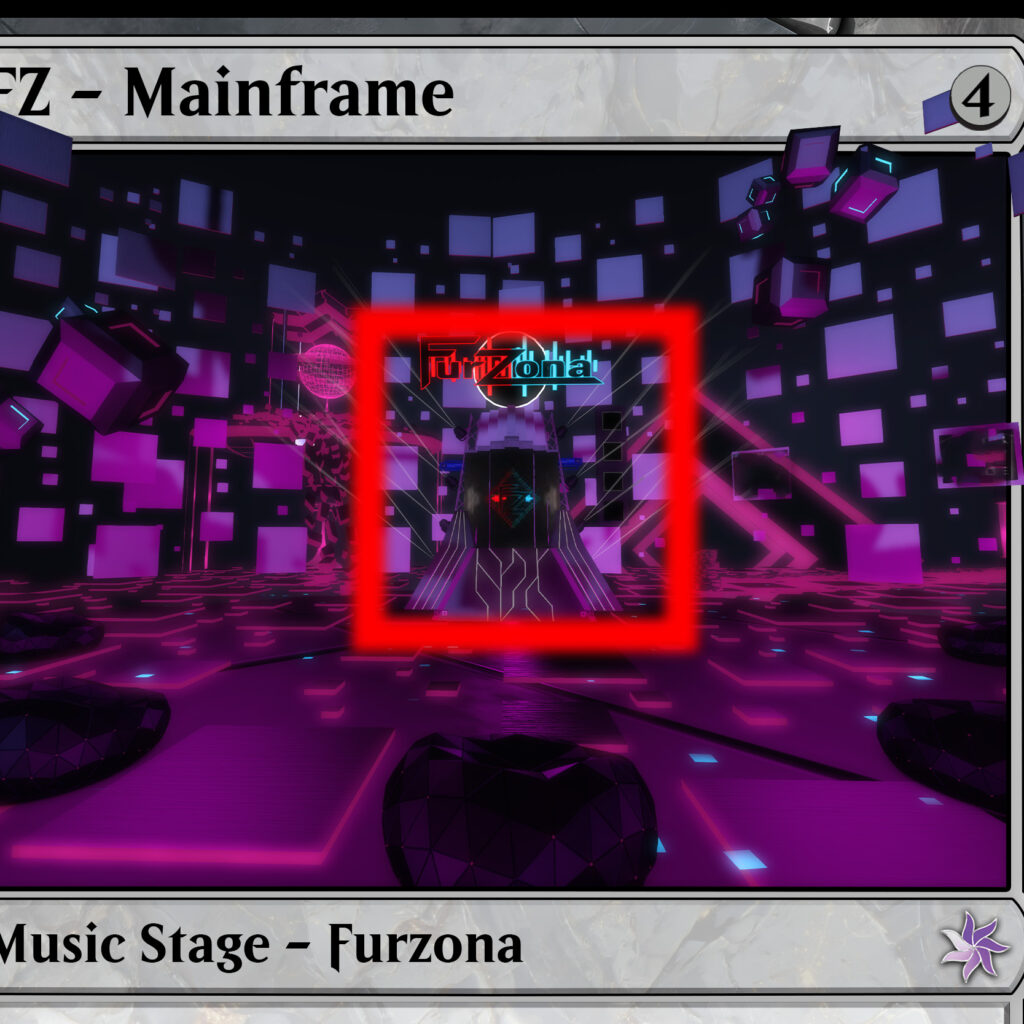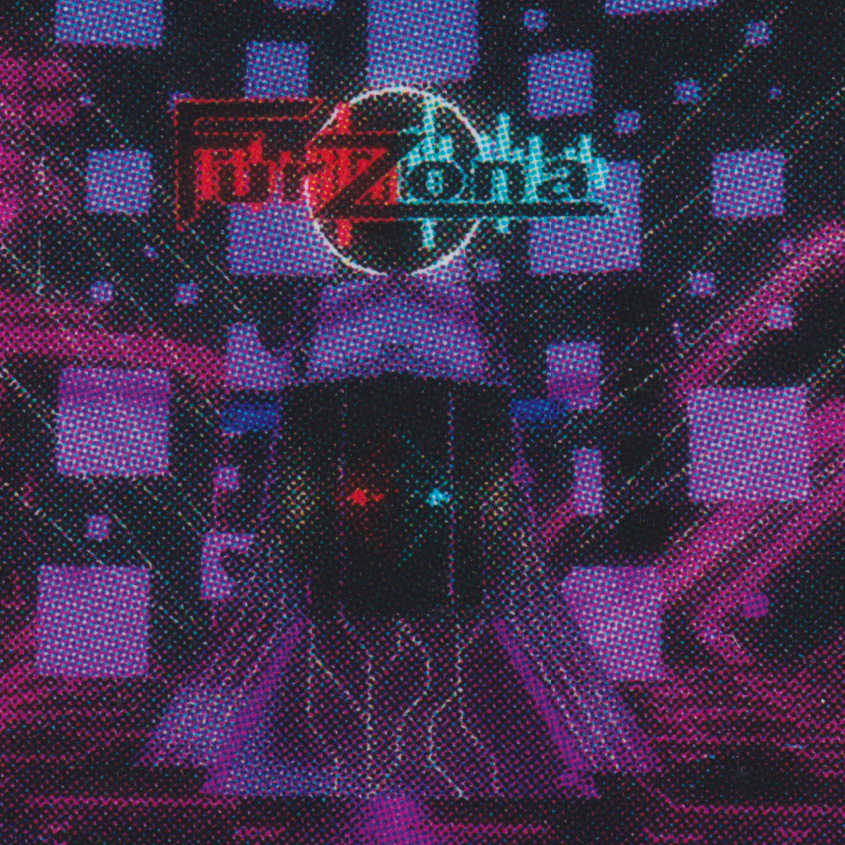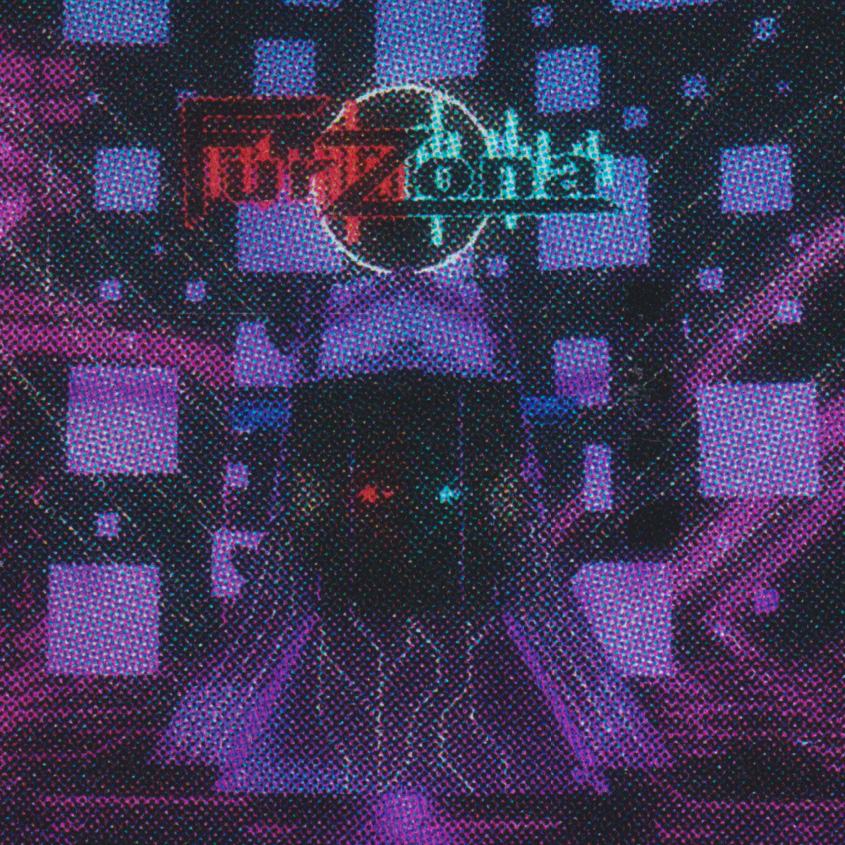Ink behind the cards
Beyond just having fun with this hobby, I’m committed to complete transparency in every aspect of the process. This means I’m open about all the details, from the costs involved to the quality and overall significance of what I create. My goal is to provide an experience that is both enjoyable and entertaining, while ensuring you have a clear understanding of every element behind it. Additionally, I will provide the source images so that anyone interested can print and replicate the entire process of creating the cards without needing any extra materials from the website—just the source images are all you’ll need. Let’s start with who and what I use. then move onto quality and examples.
Everything involved in this project is done strictly at cost, and I do not make any profit from it whatsoever. Additionally, all content is fully protected under artist rights, adhering to fair use guidelines and the principles of parody. My goal is to respect and uphold creative integrity while ensuring that everything remains within legal and ethical boundaries.

Who do I use to make the cards?
Make Playing Cards. Before starting this whole project there was a number of test prints. I ran into a lot of problems from never delivering cards to crazy prices. The worst being canceling my order citing copyright (and ignoring fair use and parody media but it is what it is).
So MPC it was. Thankfully they allow you to do small orders and even have a material sample pack. I can’t speak more highly of this company. The material I use is the A35 thick stock. This is not the typical TCG (Trading Card Game) cardstock I could of used. I felt that given the theme of these being more durable than “playable”, more so considering nothing would mesh with the TCG I’m doing a parody of. Yes this has a bit more cost per card, but it’s very small. Between A35 thick and the S30 Stannard Smooth (what is typical of TCG games), it is only an increase of $0.0167 per card (at time of writing this) when looking at cost of 108 card print run.
In fact if you wanted to you can go HERE to check for yourself.
Yeah that’s how transparent I’m being. I just gave you where to go to even make your own cards or even to take the digital copies I send them to print and do it yourself. Link for those will be in a different blog post or some other format to make it easy. I’ll also do a more detailed price break down later down but you can check now if you want.
Quality of Prints
In a nutshell, it all depends on your printing flavor. Most companies roll with offset printing—basically, they sprinkle tiny dots on the paper, then twirl those dots (hence “offset”) and sometimes even nudge another color in for good measure. That clever dance creates the quirky, circle-ish patterns you often spot on your cards. Then there are the laser printing aficionados, but we’ll leave that sci-fi level magic for another day. Meanwhile, inkjet (or bubble jet) printers march to a different beat, blasting all the colors onto each line in one go instead of one at a time. And yes, digital printing—the trusty method you might use at home—also exists, though that’s another can of worms. When it comes to resolution, think of it as a buffet with a little something for every taste!
A wonderful user over on reddit by the name of /u/DarkJester89 did print test with MPC of a popular TCG (not calling it out) showing off three different dpi prints of the same card vs an original version. I’ve included it here but I recommend checking them out as well.
As you can see 300DPI is pretty blurry, and the sweet spot is somewhere between the 600DPI and 1200DPI. Even if a printer could do over 1200DPI, you start hitting diminishing returns and not noticing any real gains unless you put it under a microscope or scan at really high resolution.
After talking with support I found out the digital service they offer for printing we can use (typically) caps out at 800DPI so make all my parody cards at that DPI.
In the near future I will be doing some printing tests with them for color accuracy, Spacing, and the all important resolution.

I went full-on high-res detective and scanned two copies of the same card—a Standard Full Color Print and its flashy Holographic Print twin (and yes, there’s a juicy reason for that twist, which I’ll reveal later) alongside the source image. Even when printed at a crisp 800 DPI, the detail is sharper than a witty comeback. For perspective, the zoomed-in square is just 0.8 inches (or 20mm)—roughly the width of your thumb. Enjoy the close-up magic!



Holographic Prints
The next exciting option is the holographic face coating (currently just for the face) that I can offer on the cards. This innovative technique creates a mesmerizing depth and dimension that truly elevates the overall presentation of the cards. I have to say, I absolutely love them, but I might be a bit biased! You can really see how they catch the light in the videos below. I encourage you to take a closer look at the shimmering details, which add a unique touch to each card. One thing I’m working on for future updates is addressing the slightly darker color of the prints. To ensure the best quality, I’m experimenting with different printing methods to find the perfect balance. The lightest areas really showcase the effect beautifully, and I keep that in mind when designing a card, but I understand that not every design will have that spectacular ‘wow’ factor. However, with some creative adjustments, we can work toward achieving effects that still captivate the audience. It’s worth noting that they do come with a price increase of about 75-120% compared to full-color prints.. While the investment may be higher, the visual impact certainly makes it worth considering for special occasions.
AI/Machine Learning tools
I want to share some insights into how I use AI and machine learning in my creative process. I experiment with these tools to generate unique styles and images—not as a commercial venture, but purely for the fun and joy of exploring new creative possibilities. While I do offer cards for sale, the price simply reflects the total cost of the entire process—from conceptualization and creation to production and finishing touches. There’s no hidden markup; it’s just a transparent way to cover expenses. I deeply respect all forms of artistic expression. Whether you’re working with traditional media or embracing modern tools like AI, every method is a valid and valuable way to express creativity. I honor the artistry in every form and believe that all tools, from paintbrushes to algorithms, help us tell our stories and share our visions with the world. I ALWAYS credit artists and get express permission where I can when I want to use copyrighted content. I am also always looking for people who would like to donate art for cards.
Of course if you have any more questions for me, please reach out and ask. (contact info going here or link to contact page)


Add comment
You must be logged in to post a comment.